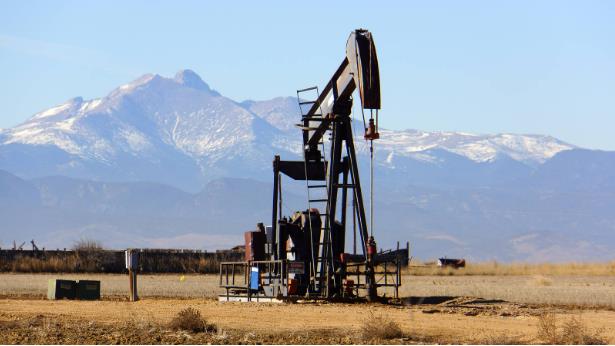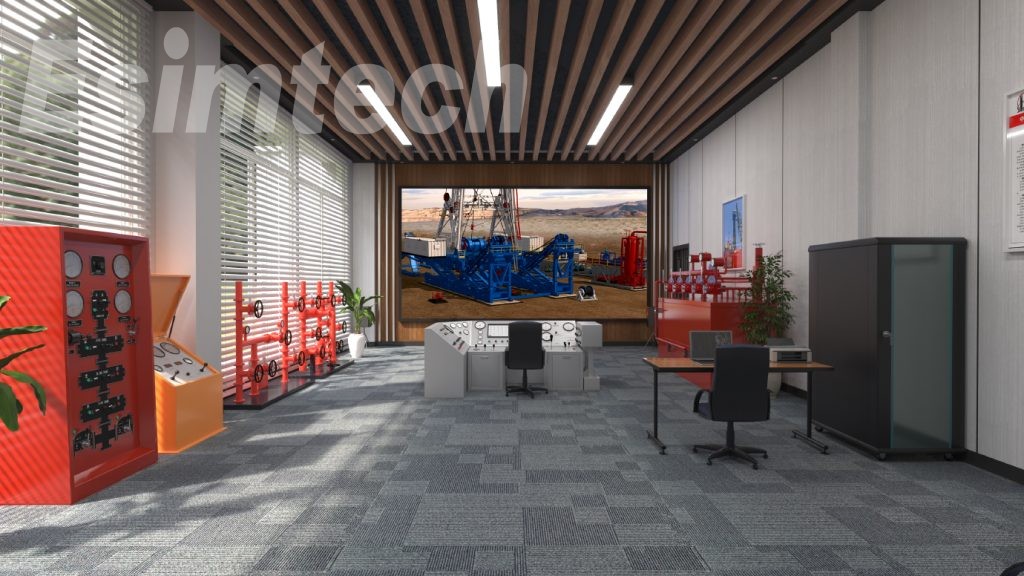Comparative Analysis of Drill Ships and Drill Rigs
Offshore drilling stands as a pivotal endeavor, serving as a cornerstone of our global energy supply by extracting precious resources hidden beneath the ocean floor. In this article, we delve into the fundamental disparities between two significant contributors to this industry: drill ships and drill rigs. Both are crucial mechanisms with distinct attributes, applications, and functions, contributing to our understanding and utilization of the subaquatic realm.
Understanding Drill Ships and Drill Rigs:
Drill Ships: A Floating Marvel
A drill ship designed to facilitate offshore drilling operations with unparalleled mobility and versatility, is an impressive fusion of a marine vessel and a drilling rig, designed to facilitate offshore drilling operations with unparalleled mobility and versatility.

Mobility and Versatility: Drill ships boast remarkable mobility, equipped with dynamic positioning systems that ensure stability above drilling sites, even in rough seas. This agility allows them to adapt to various offshore environments seamlessly.
Self-Propulsion: These vessels are self-propelled, enabling independent navigation across open seas. This capability reduces repositioning time and costs, making them efficient choices for exploration and production in remote or rapidly changing offshore environments.
Deep-Water Capabilities: Drill ships excel in deep-water drilling, operating in waters as deep as 12,000 feet or more. Their deep-water capacity unlocks vast areas of the ocean floor for exploration and resource extraction.
Advanced Drilling Equipment: Equipped with state-of-the-art drilling equipment such as derricks and blowout preventers, drill ships can perform a wide range of drilling operations, including exploratory and production drilling.
Living Quarters: To accommodate extended periods at sea, drill ships feature living quarters for a substantial crew, ensuring comfort and self-sustainability during offshore assignments.
Drill Rigs: A Solid Foundation
In contrast to the mobility of drill ships, drill rigs are fixed structures designed for drilling operations on the ocean floor, providing stability and endurance in specific drilling situations.
Fixed Location: Drill rigs are stationary structures anchored to the ocean floor or secured on specialized platforms, ensuring stability during drilling operations.
Shallow-Water Drilling: Primarily utilized for shallow-water drilling, typically up to 500 feet deep, drill rigs are cost-effective options for nearshore locations.
Simplicity and Cost-Effectiveness: Drill rigs are simpler and more cost-effective than drill ships, lacking extensive marine systems. They are favored for shallow-water drilling projects where complexity and cost may not be justified.
Jack-Up Rigs and Semi-Submersibles: Two primary types of drill rigs are jack-up rigs and semi-submersibles, each offering distinct advantages based on the drilling scenario.
Limited Crew Accommodation: Unlike drill ships, drill rigs typically have limited onboard accommodations, with crew members often residing onshore or nearby support vessels.

Comparison Between Drill Ships and Drill Rigs:
Mobility and Location:
Drill Ships: Highly mobile and versatile, suitable for a wide range of offshore locations.
Drill Rigs: Stationary structures fixed to the ocean floor, ideal for specific drilling situations.
Water Depth Capacity:
Drill Ships: Suited for deep-water drilling, operating in waters over 12,000 feet deep.
Drill Rigs: Primarily used for shallow-water drilling, up to 500 feet deep.
Complexity and Cost:
Drill Ships: Complex and relatively expensive due to advanced marine systems.
Drill Rigs: Simpler and more cost-effective for shallow-water projects.
Crew Accommodation:
Drill Ships: Equipped with extensive living quarters for self-sustaining crews.
Drill Rigs: Limited onboard accommodations, with crew often staying onshore or support vessels.
Simulation in Drill Ships and Drill Rigs:
In the realm of offshore drilling, simulation technology plays a crucial role in enhancing safety, efficiency, and precision.
Drill Ship Simulation: Advanced simulators train crews and optimize operations, providing realistic virtual environments for various scenarios.
Drill Rig Simulation: Simulators replicate rig processes, allowing operators to assess techniques and train crews before offshore deployment.

Conclusion:
Both drill ships and drill rigs are essential for offshore drilling, each with distinct advantages depending on the project requirements. As technology advances, simulation systems will continue to bridge the gap between theory and practice, ensuring the safe and efficient execution of offshore drilling operations.
- Art
- Causes
- Crafts
- Dance
- Drinks
- Film
- Fitness
- Food
- Jogos
- Gardening
- Health
- Início
- Literature
- Music
- Networking
- Outro
- Party
- Religion
- Shopping
- Sports
- Theater
- Wellness


